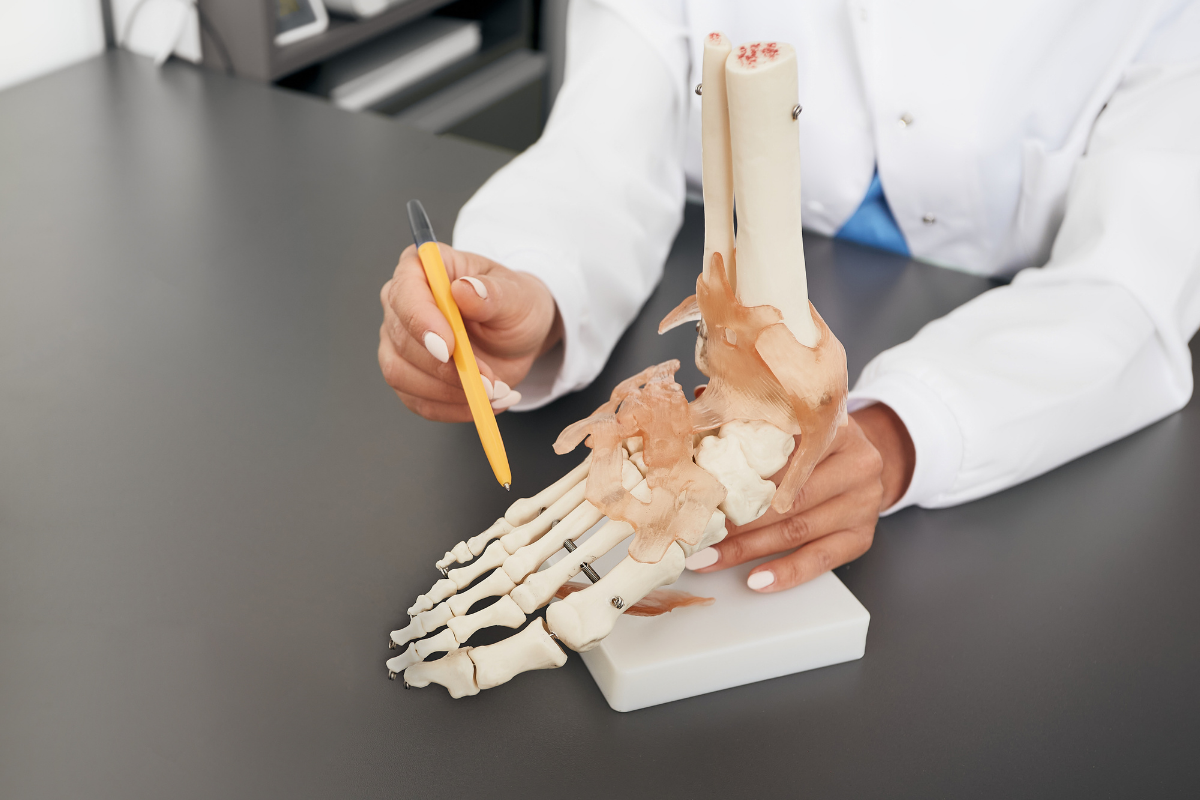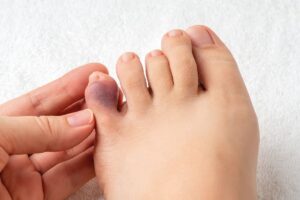Many individuals deal with sore, aching feet almost every day of their lives. While this is not unusual, this can be telling of a more common condition such as having flat feet. Most individuals who are living with this condition normally don’t even notice or know that they have it until they experience regular foot pain or some discomfort in the feet area.
For those who are constantly having some foot pain even without sustaining or experiencing a foot injury or those who aren’t on their feet all day, chances are these could be signs of having flat feet.
If this condition is something you are living with and it starts affecting your day-to-day lives or you simply want to avoid foot pain in the future, learning more about flat feet is important. Let’s get right to it.

What are Flat Feet?
Flat feet are also known as having fallen arches or pes planus. This is also referred to as having pronated feet. This foot-related condition simply means that individuals either have low arches or no arch at all in their feet. Moreover, this is also characterized by having the feet touch or nearly touching the ground when one is standing.
Causes of Flat Feet
Almost everyone has flat feet at birth. However, this changes by the age of 6 when foot arches start to form. Those who are born with fallen arches tend to get these from either one or two parents, while others tend to develop this condition much later on as these run in families and can be passed on.
Apart from being genetically born with this type of deformity, there are other reasons or causes that can account for fallen arches. These include suffering an injury to one’s foot or ankle, including an Achille’s tendon injury, as well as having diabetes and arthritis. Obesity is also a risk factor to forming this condition as this can put on additional stress on the arches of the feet.
Signs You Have Flat Feet
- Pain in Different Parts of the Lower Limbs
One of the most common signs that you have flat feet are having pain in your feet and ankle area. You may notice that this pain is more prominent on the posterior tibial tendon and is typically associated with swelling on the inside of your ankle.
Most of the time, this pain can extend to your lower back and the leg itself. The pain can also manifest itself in your hips and knees and the general lower limbs. You may get leg cramps as well as muscle pain and fatigue, and this may only worsen with activities such as running or walking.

- Swelling and Inflammation
Depending on the severity of your condition, having flat feet can cause the tendons and ligaments in your arches to tear and swell. When this happens, this can cause pain or discomfort as well. Swelling is more common both inside and on the bottom of your feet.
- Changes in Walking and Movements
Individuals who are suffering from flat feet usually have difficulties standing on their toes. Due to the pain and swelling, people with flat feet may have a change in how they walk or stand, with most having difficulties in standing for long periods of time.
The Bottom Line
Having flat feet is a common condition. If you are worried about having this condition, make sure to reach out to your healthcare provider or a reputable foot and ankle doctor who can evaluate your condition and help you lead a more comfortable way of life.




